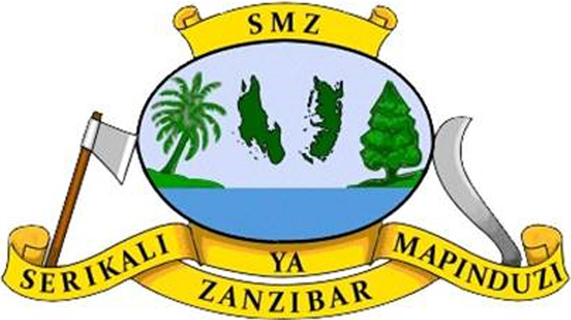Subject and Topic
Description
- Determine how each parameter (initial height, initial angle, initial speed, mass, diameter, and altitude) affects the trajectory of an object, with and without air resistance.
- Predict how varying the initial conditions will affect a projectile’s path, and provide an explanation for the prediction.
- Estimate where an object will land, given its initial conditions.
- Determine that the x and y motion of a projectile are independent.
- Investigate the variables that affect the drag force.
- Describe the the effect that the drag force has on the velocity and acceleration.
- Discuss projectile motion using common vocabulary (such as: launch angle, initial speed, initial height, range, time).
Language
English
Resource Type
Publisher
pHET Interactive Simulations
Publication Date
Copyright Licence
Copyright Holder


